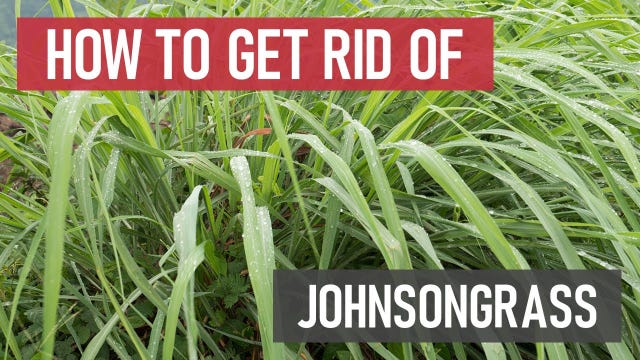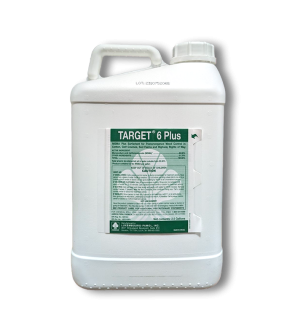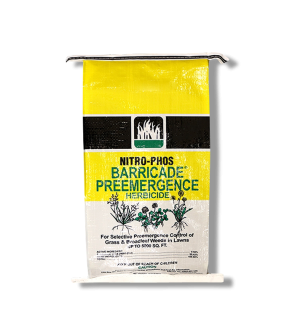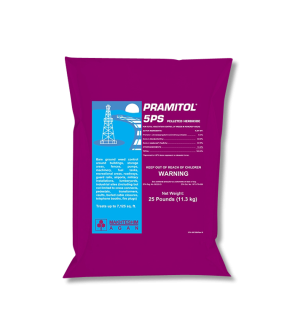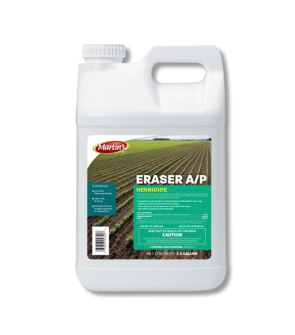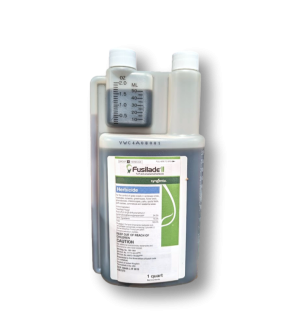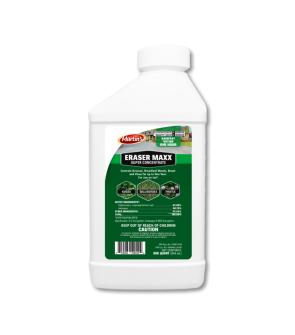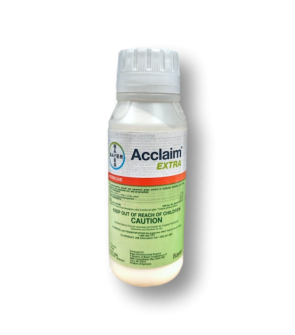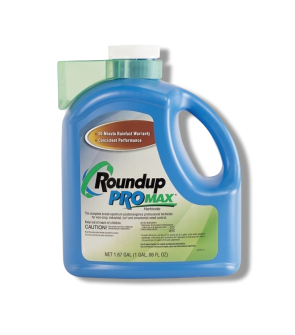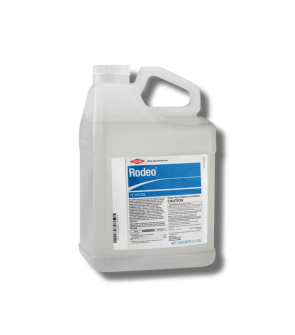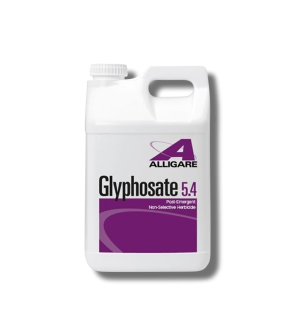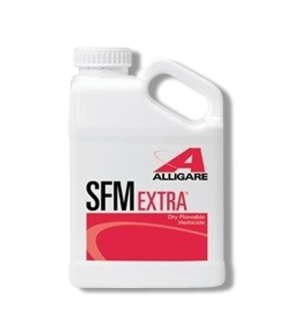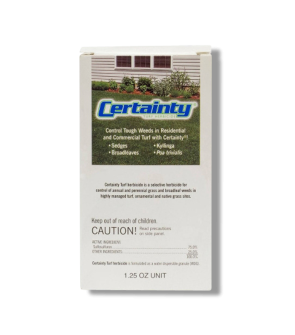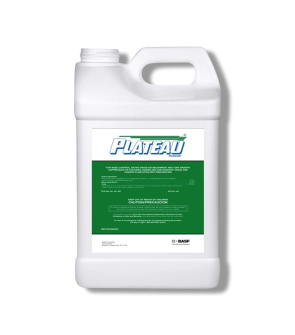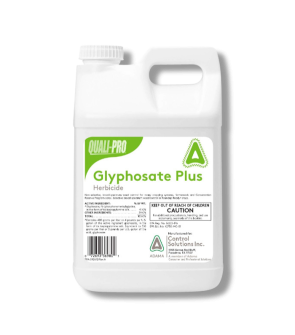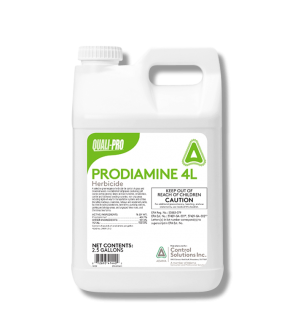Gain access to personalized product screening, the best pricing, rewards, and more!
Most Effective Products
Johnsongrass Control: How To Get Rid of Johnsongrass
This page is a general Johnsongrass control guide. Using the products and methods suggested, you will get control of Johnsongrass. Follow this guide and use the recommended products, and we guarantee 100% control of Johnsongrass.
Johnsongrass is a warm-season perennial grass weed hated by agricultural farmers because its presence reduces yields in corn, grain sorghum, soybeans, cotton, and leguminous forages. The weed got its name from Colonel William Johnson, a farmer who introduced the species to his farm in Alabama in the 1840s. Now, Johnsongrass is found in nearly every state except Minnesota and has been labeled a noxious weed in 19 states.
Johnsongrass is native to the Mediterranean and was initially introduced to North America in 1830 as a forage crop and for stabilizing ditches. Since then, it has been an eyesore and headache to remove in agricultural and residential areas because it tends to crowd out desirable plants and destroy food and shelter for wildlife.
A single plant of Johnsongrass can produce over 5,000 seeds, which can lay dormant for up to 20 years. This weed is especially tough because it can be poisonous to cattle and horses. If you get an early frost or an extreme drought, you cannot let cattle and horses graze on any Johnsongrass because it contains enough hydrogen cyanide to kill them, which can be a serious worry.
Our lawn care experts have put together this guide to show you exactly what you need to remove Johnsongrass permanently from your property. To be successful, follow our step-by-step instructions below and use our recommended products to the side.
Identification
Before you can carry out treatment applications, you need to identify and be sure the weed you are dealing with is Johnsongrass and not some other weed. Misidentification can lead to choosing the wrong herbicides, which can waste time and money.

- Johnsongrass is a warm-seasoned perennial grass that grows in clumps or patches and can reach up to 3 to 7 feet tall from a stout rhizome. Its stems are unbranched and usually hairless, but they can sometimes be found along the margins.
- Leaves grow 6 to 20 inches tall and are 10 to 30 millimeters wide. They are also rolled in the shoot. The leaves have prominent white midveins, usually hairless on both sides.
- The various seeds that Johnsongrass grows can be greenish to purple when young and a dark-reddish brown when more mature. These seeds can also resemble a young corn seeding but can be easily identified by their football-to-egg-to-egg shape and their stems, which are narrower and hairless.
- The inflorescence or flower head takes on an open panicle shape from May to October.
Use our description and image above to help you identify Johnsongrass correctly. If you are not sure whether the weed on your lawn is Johnsongrass, contact us, and we will properly ID the plant for you and give you product recommendations for control.
Inspection
Once you have confirmed that you are dealing with Johnsongrass, you can conduct an inspection. During this phase, you will need to locate the areas where Johnsongrass is growing most and analyze the conditions conducive to Its thriving in the area. This will help you determine your treatment approach and where to focus herbicide applications.
Where to Inspect
Johnsongrass is typically found in areas with moist, fertile soil.
This weed is commonly found in lawns, crop fields, open forests, ditches, waste grounds, roadsides, pastures, irrigation canals, other disturbed sites, wetlands, and along creeks and river banks.
What To Look For
Johnsongrass will begin to germinate when soil conditions have reached between 60 and 70 degrees Fahrenheit.
Due to their dense growth habit, they can be easily found and will become more stout in their later growth stages.
Treatment
Before chemical application, make sure to equip yourself with personal protective equipment (Glasses, gloves, and particle mask) for your safety.
We recommend applying a selective, post-emergent herbicide like Certainty Turf Herbicide.
We recommend you check out Certainty Turf Herbicide. Certainty is a water-dispersible granule made with Sulfosulfuron and controls weeds in warm-season turf.
Step 1: Mix and Apply Certainty Herbicide

Determine how much Certainty Turf Herbicide to use by measuring the square footage of the treatment area. To do this, measure the length and width of the treatment area in feet, then multiply them together (length X width = square footage). For acreage, divide the square footage by one acre (square footage / 43,560 sq. ft. = acres).
To get rid of Johnsongrass, use 0.75 oz. of Certainty Turf Herbicide per 2 gallons of water per 1,000 sq. ft.
We recommend mixing and spraying with a handheld pump sprayer or backpack sprayer.
Fill your sprayer 3/4ths of the way with water, then add the appropriate amount of Certainty Turf Herbicide. Fill the rest of the way with the remaining half of the water and shake the sprayer.
Once the product is well-mixed in your sprayer, apply it to the Johnsongrass using a fan or cone nozzle setting. Spray the weeds to the point of wetness but not runoff.
If this weed is still present on your property, reapply four or more weeks after the first application.
Prevention
Once Johnsongrass has been eliminated from your property, you will need to implement preventative measures to ensure that it does not return.

- We recommend applying a pre-emergent herbicide like Barricade Pre-Emergent Herbicide Prodiamine Granular to prevent Johnsongrass from returning to your yard. Depending on your turf grass species, you’ll apply 1.5 to 4 pounds of product per 1,000 square feet. After application, water in the product should be at least half an inch. Keep in mind that this product will control Johnsongrass from seed.
- Aside from this, the best defense against Johnsongrass is keeping your turf thick and healthy to discourage undesired plants from establishing. Mow at the right height and address any bare spots or thinning via reseeding. A lush and strong lawn will outcompete weeds like Johnsongrass.
Key Takeaways
What is Johnsongrass?
- Johnsongrass is an aggressive perennial weed that is resistant to herbicide treatments and can quickly get out of control.
How to Get Rid of Johnsongrass
- We recommend using a post-emergent treatment of Certainty Turf Herbicide to eliminate Johnsongrass.
Preventing Johnsongrass Reinfestation
- To prevent the return of Johnsongrass, we recommend applying Barricade Pre-Emergent Herbicide Prodiamine Granular and maintaining a good lawn maintenance schedule to promote a thick, healthy lawn.






